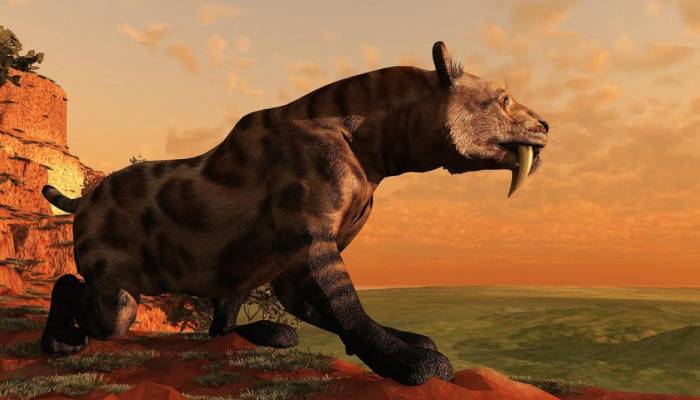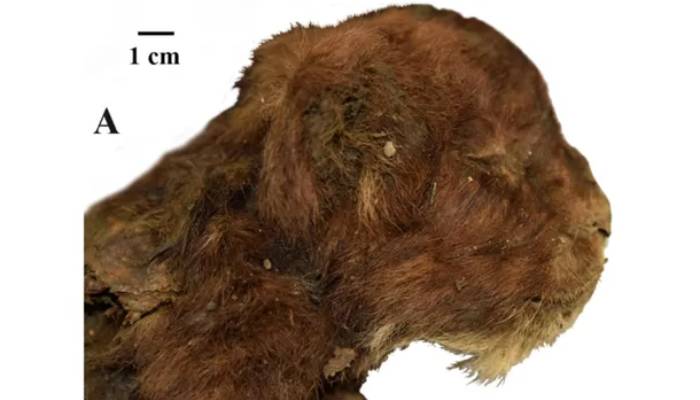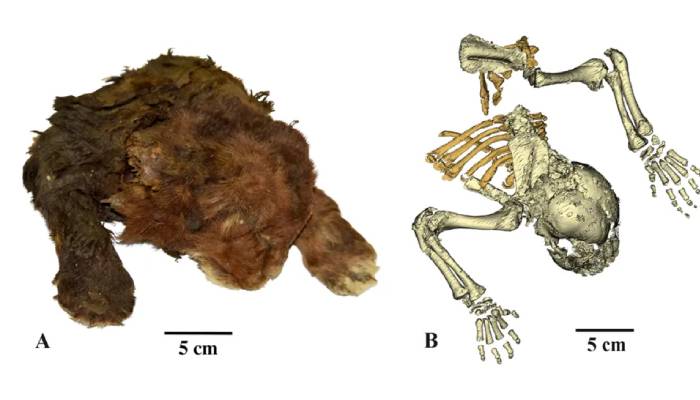
For the first time in history, scientists have uncovered the mummified, frozen remains of a juvenile saber-toothed cat from the Arctic permafrost in Siberia.
As per multiple outlets, despite being more than 35,000 years old, the freezing temperatures have kept the cat’s body remarkably preserved.
The frozen remains were found buried in the permafrost near the Badyarikha River in northeastern Yakutia, Russia.
A study published in the journal Scientific Reports reveals that the cat was only three weeks old at the time of his death, though the cause of his death remains unidentified.

The paper's authors write, "For the first time in the history of paleontology, the appearance of an extinct mammal that has no analogues in the modern fauna has been studied.”
When the kitten was removed from the permafrost, its whiskers and claws were still attached and were covered in “short, thick, soft and dark brown fur."
As per the researchers, the length of these fur was measured about 20 to 30 millimeters.
Saber-toothed cats from the Homotherium genus are known for their large canine teeth, which extended from their mouths which helped them capture and kill prey.

The research also pointed out that the cub had a large neck area and an unusual muzzle shape and had small ears, a wide mouth and elongated forelimbs.
It is believed that these animals have gone extinct about 12,000 years ago, at the end of the Pleistocene era, also known as the last Ice Age.












